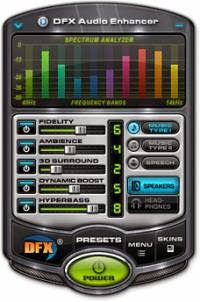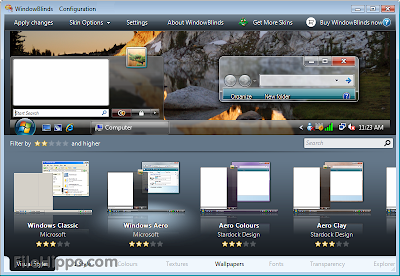Types of operating systems
Single- and multi-tasking
A single-tasking system can only run one program at a time, while a multi-tasking operating system allows more than one program to be running in concurrency. This is achieved by time-sharing, dividing the available processor time between multiple processes which are each interrupted repeatedly in time-slices by a task scheduling subsystem of the operating system. Multi-tasking may be characterized in preemptive and co-operative types. In preemptive multitasking, the operating system slices the CPU time and dedicates a slot to each of the programs. Unix-like operating systems, e.g., Solaris, Linux, as well as AmigaOSsupport preemptive multitasking. Cooperative multitasking is achieved by relying on each process to provide time to the other processes in a defined manner. 16-bit versions of Microsoft Windows used cooperative multi-tasking. 32-bit versions of both Windows NT and Win9x, used preemptive multi-tasking.
2013 worldwide device shipments by operating system[34]| Operating system | 2012 (millions of units) | 2013 (million of units) |
|---|
| Android | 504 | 878 |
|---|
| Windows | 346 | 328 |
|---|
| iOS/Mac OS | 214 | 267 |
|---|
| BlackBerry | 35 | 24 |
|---|
| Others | 1,117 | 803 |
|---|
| Total | 2,216 | 2,300 |
|---|
Single- and multi-user[edit]
Single-user operating systems have no facilities to distinguish users, but may allow multiple programs to run in tandem.[3] A multi-user operating system extends the basic concept of multi-tasking with facilities that identify processes and resources, such as disk space, belonging to multiple users, and the system permits multiple users to interact with the system at the same time. Time-sharing operating systems schedule tasks for efficient use of the system and may also include accounting software for cost allocation of processor time, mass storage, printing, and other resources to multiple users.
Distributed[edit]
A distributed operating system manages a group of distinct computers and makes them appear to be a single computer. The development of networked computers that could be linked and communicate with each other gave rise to distributed computing. Distributed computations are carried out on more than one machine. When computers in a group work in cooperation, they form a distributed system.[4]
Templated[edit]
In an OS, distributed and cloud computing context, templating refers to creating a single virtual machine image as a guest operating system, then saving it as a tool for multiple running virtual machines (Gagne, 2012, p. 716). The technique is used both in virtualization and cloud computing management, and is common in large server warehouses.[5]
Embedded[edit]
Embedded operating systems are designed to be used in embedded computer systems. They are designed to operate on small machines like PDAs with less autonomy. They are able to operate with a limited number of resources. They are very compact and extremely efficient by design. Windows CE and Minix 3 are some examples of embedded operating systems.
Real-time[edit]
A real-time operating system is an operating system that guarantees to process events or data within a certain short amount of time. A real-time operating system may be single- or multi-tasking, but when multitasking, it uses specialized scheduling algorithms so that a deterministic nature of behavior is achieved. An event-driven system switches between tasks based on their priorities or external events while time-sharing operating systems switch tasks based on clock interrupts.[citation needed]
Library[edit]
A library operating system is one in which the services that a typical operating system provides, such as networking, are provided in the form of libraries. These libraries are composed with the application and configuration code to construct unikernels — which are specialised, single address space, machine images that can be deployed to cloud or embedded environments.




































